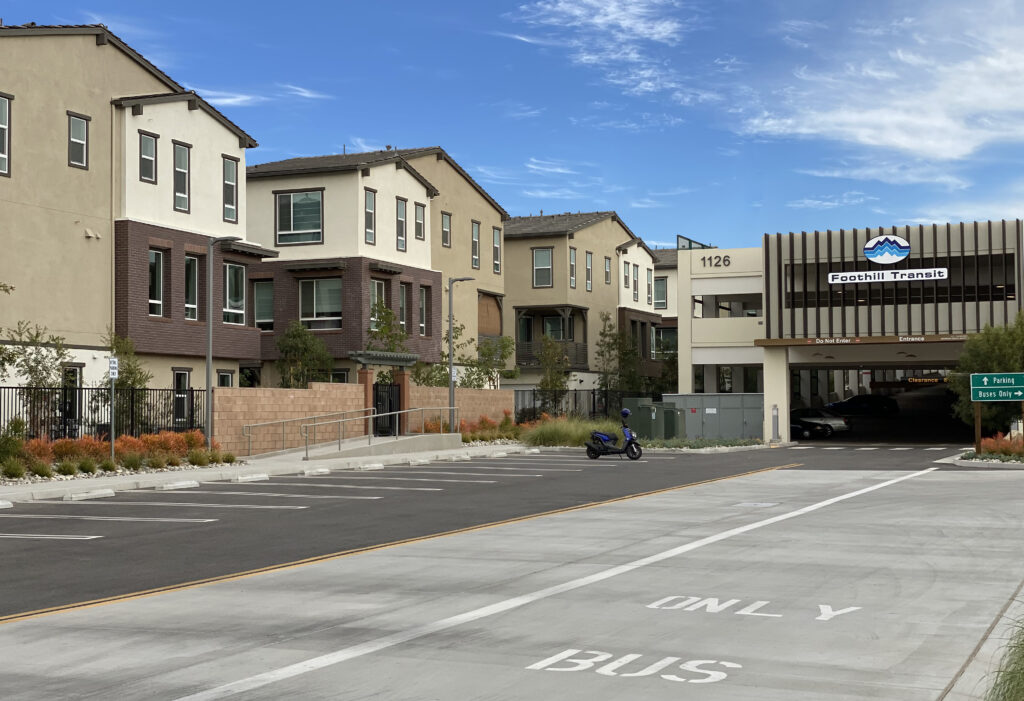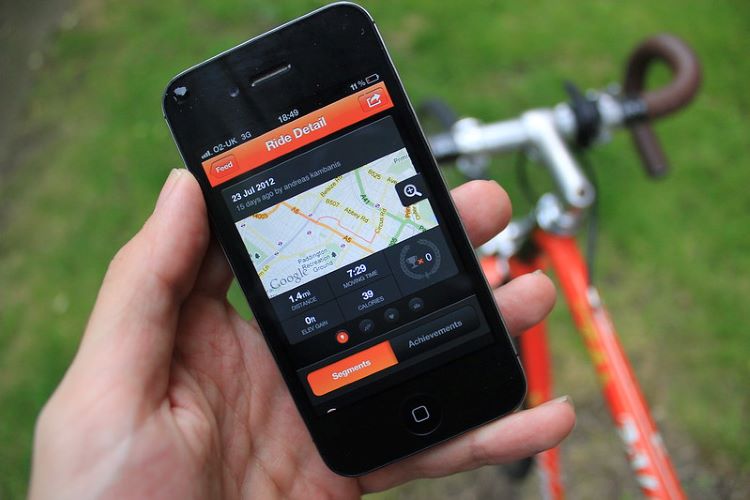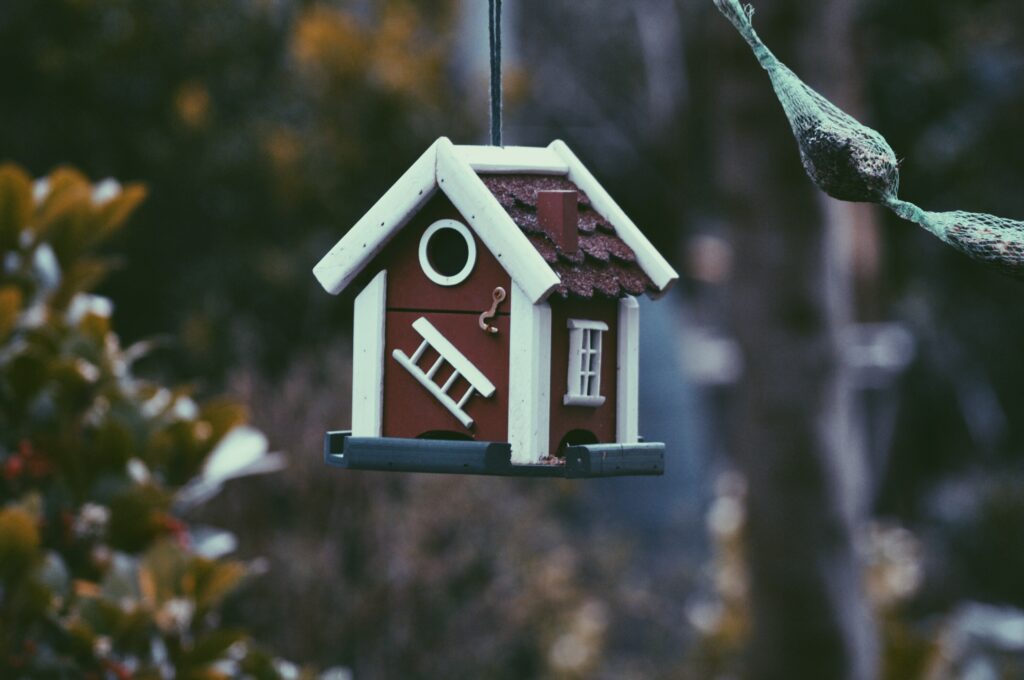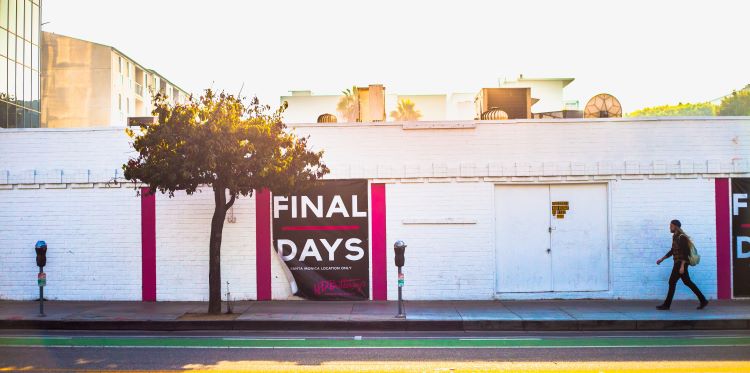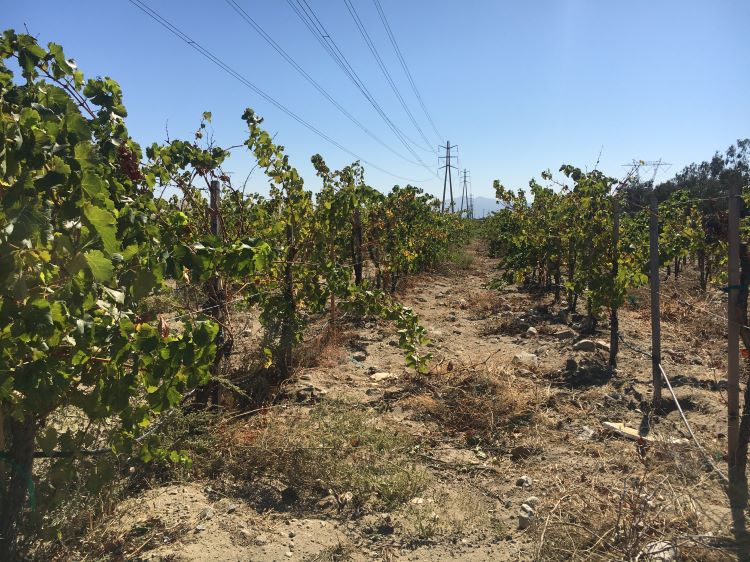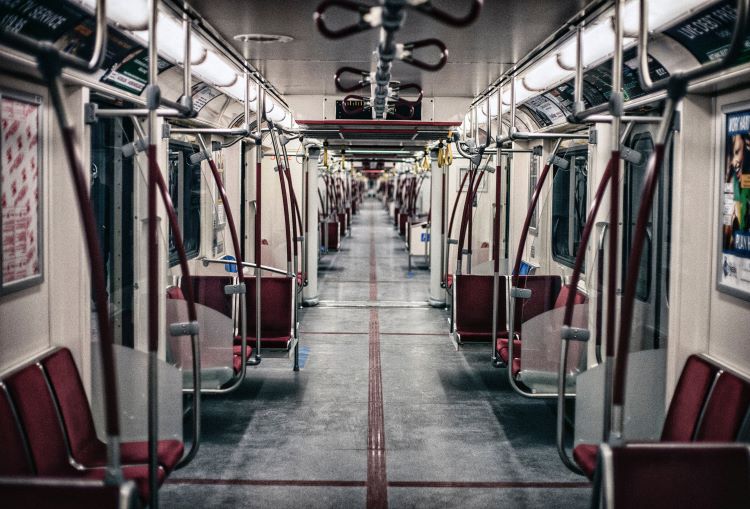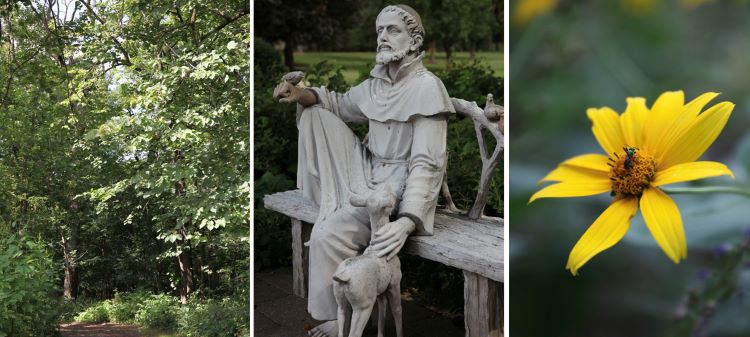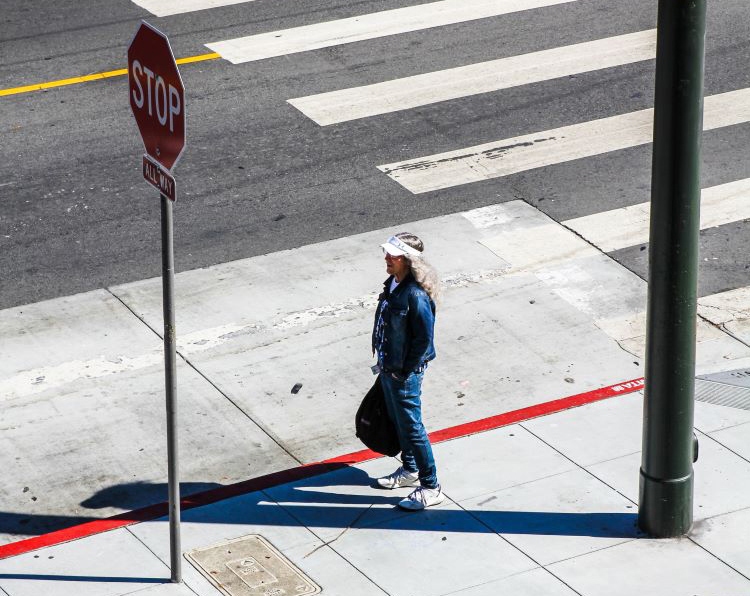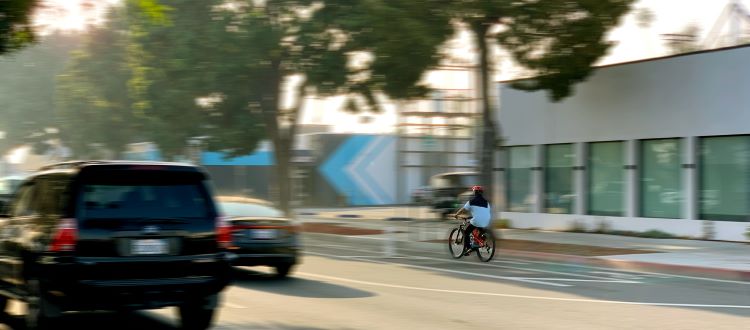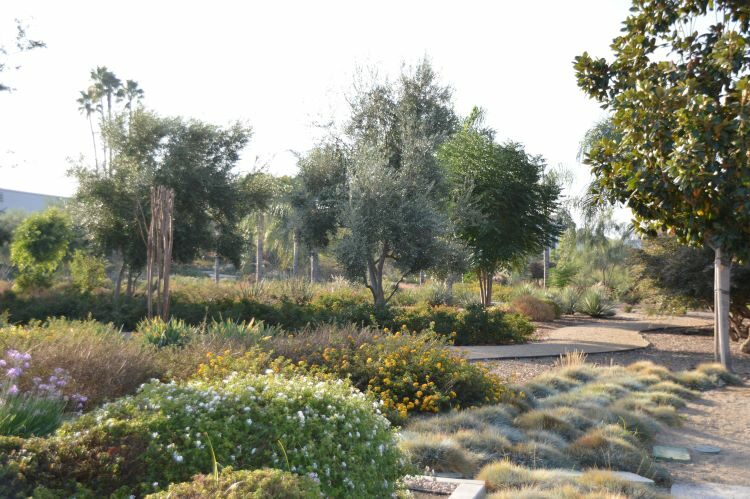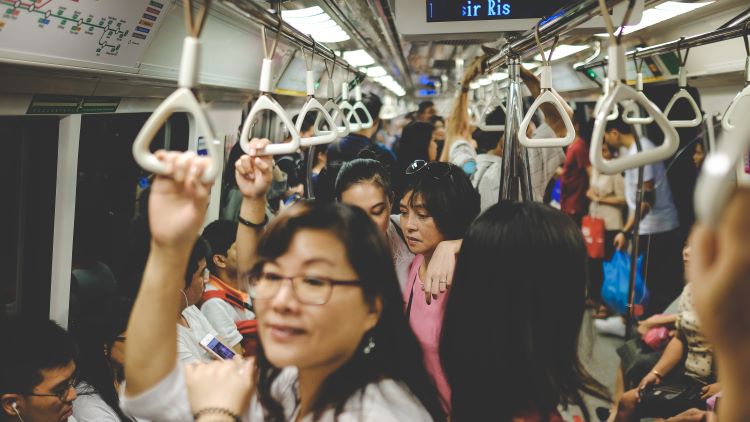Past Articles – 2019-2021
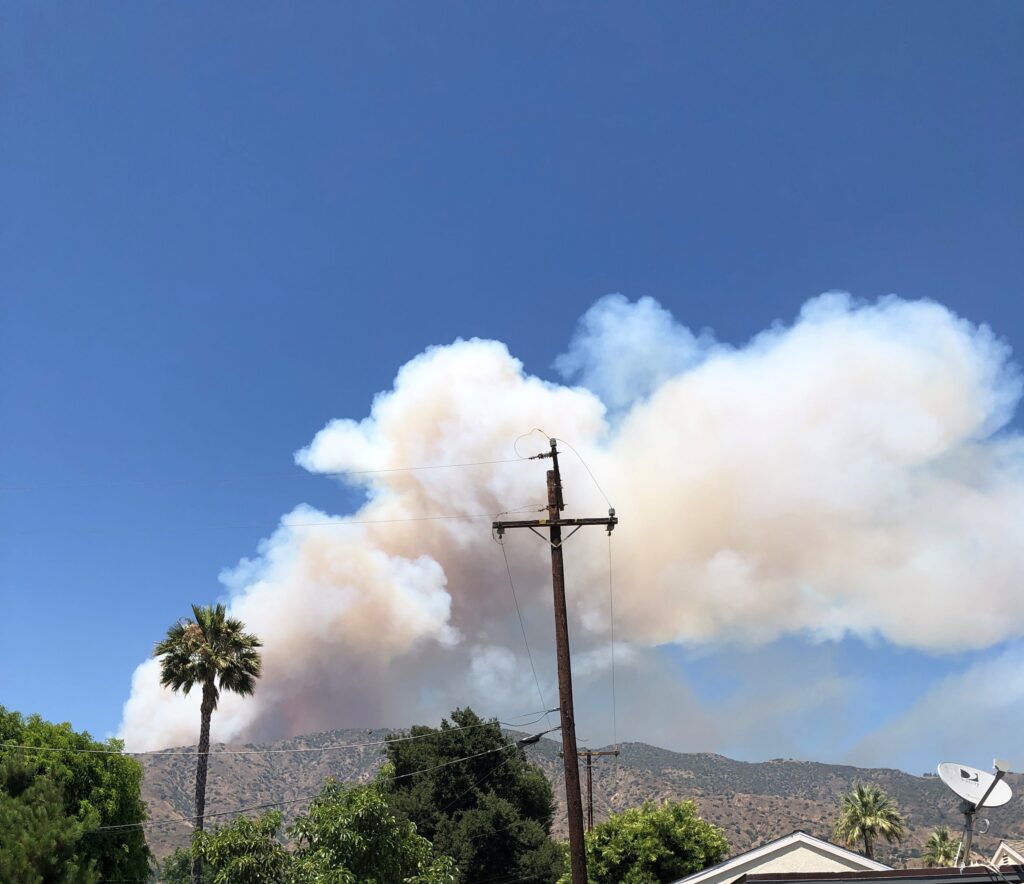
Landscape of Wildfire: The Present, Past and Future
May 12, 2021 – Wildfires are part of life in California, but management practices and climate change have raised the threat level to those in the wildland-urban interface. Sarah Fisher reflects on a personal encounter with wildfire, and offers insight into how we might design landscapes to work effectively with fire and embrace a mutual relationship with this force that shapes the wonderfully diverse ecosystems of California.
From Opponents to Partners: Engagement Strategies for High-Density Development in California
May 5, 2021 – California is suffering from a slow-motion disaster as a result of its long-running housing crisis. Philip B. Gann argues that building trust through community engagement will help bridge the gap between the goals of communities, planners, developers and the state.
Uniting Past, Present, and Future Along the Historic Backbone of Ontario, California
February 16, 2021 – Historic Euclid Avenue reveals that there are layered stories that have shaped the city’s narrative, but are lost in the avenue’s stately form as preserved today. Michelle Shanahan suggests It is time for the community of Ontario to reimagine the future of their historic backbone.
Tree Canopy Cover is a Racial Justice Issue
February 9, 2021 – Existing tree planting guidelines in many cities are insufficient to meet the health and ecological needs of communities of color. Jose G. Gutierrez argues that these communities, disproportionately impacted by racist planning practices and the consequences of climate change, need equity-based tree planting guidelines.
Coexisting with Canis latrans
February 2, 2021 – As urbanization eats up more of their territory, interactions between coyotes and humans will only increase, but as Linley Green shares, there are measures that we can take to ensure that these interactions are positive and that coyotes continue to fulfill their vital role in the ecosystem.
What Can We Give Back?
January 26, 2021 – Like many communities in the United States, Newhall, CA celebrates extraction capitalism while erasing historic practices of indigenous people. Adrian Tenney explores reframing this community’s narratives to create a culture of reciprocity.
Will Your Neighborhood Park Become the Next Dining Hotspot?
January 19, 2021 – The COVID-19 Pandemic has transformed our dining experiences. Graham Goldich argues that public parks offer a way forward in the pandemic dining economy, that supports both businesses and the communities they serve.
Mobile Fitness Applications are Changing the Way Planners Understand Active Transportation
New technology along with modern trends in fitness activities are changing the way cities plan for active transportation and justify decision making. Chris Konieczny shows how cities are provided with immediate spatial information through these applications, offering a better way to understand and analyze active transit user behaviors.
Tackling Two Giants with Tiny Alternatives
Many communities are turning to “Tiny homes” as a housing strategy to combat homelessness. Patricia Kaihara Arce asks if tiny homes are truly the panacea to provide new housing with minimal impact to the environment?
When will it be too Hot to Walk?
As global temperatures continue to rise, heat is an increasingly important factor in whether or not people choose to walk. Brian Neshek argues that If we do not create temperature-safe streets for pedestrians, they will likely to revert to car use and retreat into air-conditioned environments, further contributing to climate change.
Nostalgia Connects us to Place
How do architects, landscape architects, and planners effectively integrate nostalgia without falling into celebration or propaganda? Lana Jeries examines the case of Rancho Cucamonga, CA, to explore how a search for identity may be found in the past.
Linkages & “Lackages”
A recent study found that car ownership among low-income populations in southern California has been increasing more than any other income group. Morgan Ruby examines the interaction between a lack of servicing and low ridership among those who need it most.
The Not-So-Green Side of Solar
As solar panels grow in popularity, questions arise in terms of their environmental impacts. Sancho Cagulada asks is the industry ready to support larger consumer populations while not posing harm to our environment?
The Warehouse Next Door?
If the trends of e-commerce are to continue, we have to look for sustainable ways to keep up with the volume of deliveries by making them as efficient and impact-free as possible. Raquel Reynolds asks “How can warehousing be sustainably integrated into mixed-use facilities?”
Tiny Home Communities for the Aging?
Young adults seeking flexibility in their living space, with fewer material objects, and even fewer financial ties to a permanent living space, have embraced the tiny home lifestyle. While this trend is popular among young adults, Brittney Seman suggests it may even more popular with aging individuals nearing retirement.
Can the Green New Deal be Truly Equitable?
The Green New Deal is meant as a comprehensive approach to creating equitable green jobs. But Ava Cheng asks: are green jobs an effective strategy to lift people out of poverty?
Unlikely Climate Champions
Solutions to environmental issues are being spearheaded by an unlikely group – older religious sisters and nuns. Lauren McKenna shares that their community principles and faith drives them to pursue creative projects that build community and climate resilience.
When Trees are Absent
Numerous studies demonstrate that socioeconomic factors such as income, language barriers, education level, and rates of home ownership are variables that correlate to the number of trees in cities. Muriel Fernandez Replogle asks “What are the implications for residents in vulnerable communities where trees are absent, such as young expectant mothers?”
What’s Up With (in)Complete Streets?
Many cities have adopted complete streets policies with the intention of improving accessibility, safety, and livability. Yet projects often come to a halt when met with staunch opposition. Dan Scheir argues a strong community engagement process is our best shot to create safer, and more livable streets for all people, not just cars.
Your Landscape is not the Enemy
The recession in the early part of the 21st century led to abandonment of many landscapes in southern California for monetary savings. As we look to balance benefits with costs, Kay Kite reminds us that there is more to landscapes than water use and maintenance costs.
Crowding Should not be the Goal of Public Transit
Saying that public transit is only effective because of crowding conflicts with the idea of making it accessible for everyone to use, says Laurel Skinner.
The capstone graduate studio in the Department of Landscape Architecture at California State Polytechnic University, Pomona (Cal Poly Pomona), has over 40 years of experience providing technical assistance to communities throughout California and around the world. Founded by Professor John T. Lyle (1934-1998), the studio has always sought to promote regeneration and resiliency, in response to pressing environmental challenges. Part of the process includes original writing by students on issues of central concern to their projects. This site will be used to share their work. Stay tuned for articles concerning transit, landscapes for climate change mitigation, neighborhood walkability, urban regeneration, green jobs, housing, and more. Our hope is that you will enjoy and share these works, as we expand the dialogue about community resiliency in the face of climate change.
